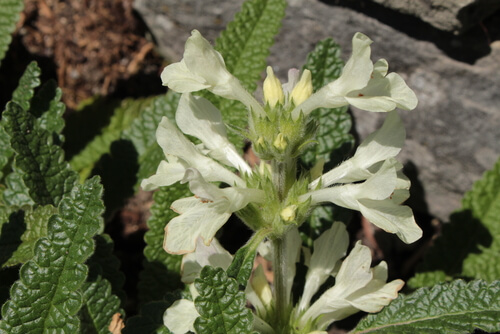Description
Stachys is a genus of flowering plants in the mint family (Lamiaceae). It includes around 300 species that are native to temperate and subtropical regions of the world. The most commonly grown species in cultivation are Stachys byzantina, also known as lamb’s ear, and Stachys officinalis, also known as betony.
Here are some horticultural notes on the plant genus Stachys:
Growing conditions: Stachys species prefer well-drained soil and full to partial sun exposure. They can tolerate a range of soil types, but perform best in loamy soil. Stachys byzantina is tolerant of drought and heat, while Stachys officinalis prefers cooler conditions.
Watering: Stachys species require regular watering, especially during hot and dry periods. It is important not to overwater as this can cause root rot.
Fertilizer: Stachys species do not require heavy fertilization. A light application of balanced fertilizer in the spring can help promote healthy growth.
Pruning: Stachys byzantina benefits from occasional pruning to remove dead leaves and promote new growth. Stachys officinalis can be cut back after flowering to promote a second flush of blooms.
Propagation: Stachys can be propagated by seed, division, or cuttings. Seed should be sown in the spring. Division can be carried out in the fall or spring. Cuttings can be taken in the summer.
Pests and diseases: Stachys species are generally resistant to pests and diseases. However, they can be affected by spider mites, aphids, and powdery mildew.
Uses: Stachys byzantina is often grown as a groundcover or edging plant due to its soft, fuzzy leaves. Stachys officinalis is valued for its medicinal properties and is often used to treat headaches and digestive disorders.
Cultivars: There are many cultivars of Stachys byzantina available, including ‘Big Ears’, which has larger leaves than the species, and ‘Silver Carpet’, which has silver-gray leaves. Stachys officinalis has several cultivars with different coloured flowers, including ‘Rosea’, which has pink flowers, and ‘Alba’, which has white flowers.


